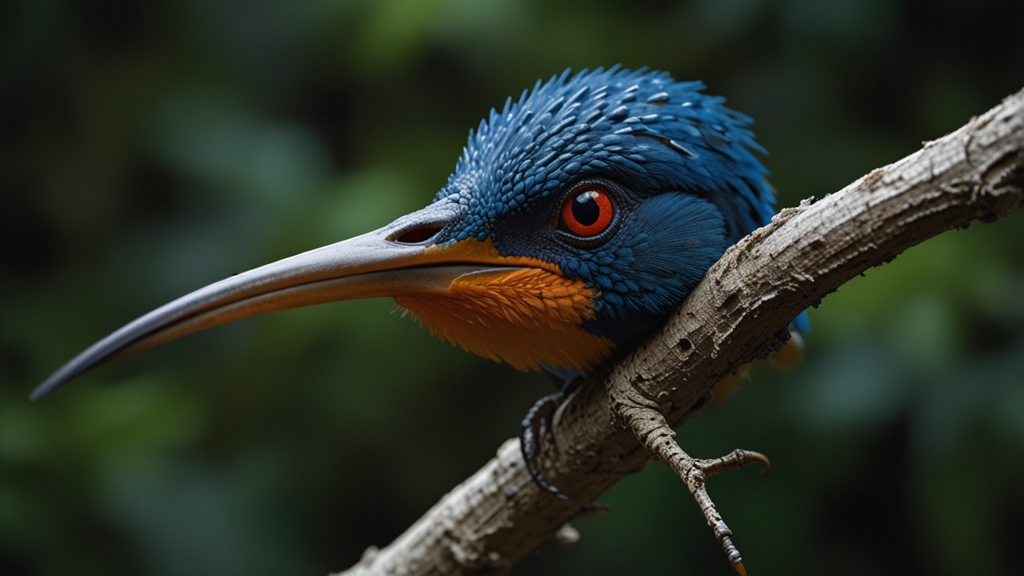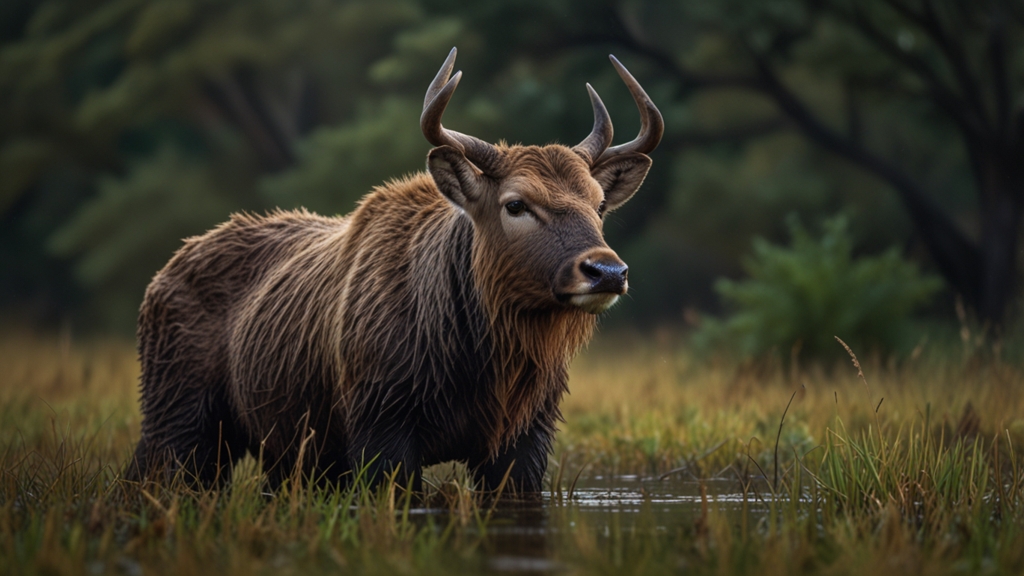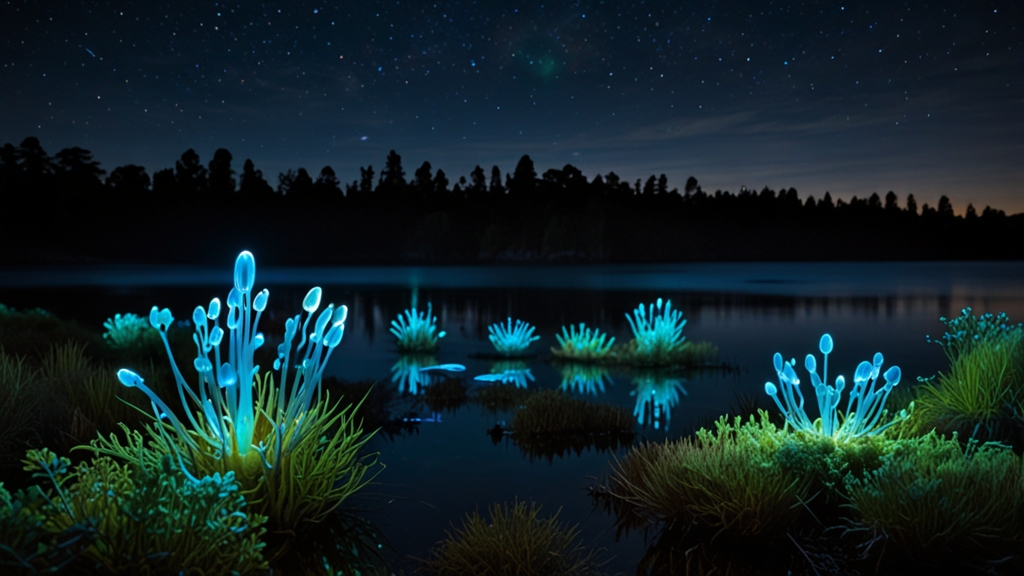The Ocean's Giants: Meet the Largest Creatures to Ever Roam the Seas
The vast expanse of the world's oceans is home to some of the most incredible creatures on Earth. From the days of prehistoric seas to the modern deep blue, these waters have hosted a variety of giant inhabitants. This article explores the majestic giants that have dominated the seas, both past and present, providing a glimpse into the lives of the largest marine animals ever known.
The Blue Whale: The Largest Animal to Ever Live
The blue whale (Balaenoptera musculus) holds the title of the largest animal known to have ever existed, reaching lengths of up to 100 feet and weights of around 200 tons. These gentle giants are filter feeders, subsisting primarily on tiny shrimp-like creatures called krill. Remarkably, an adult blue whale can consume up to 4 tons of krill in a single day.
The heart of a blue whale is so large that a human could swim through its arteries. Its tongue alone can weigh as much as an elephant, highlighting the sheer scale of these magnificent mammals.
Their vocalizations are also a marvel of the natural world, capable of producing sounds that can be heard over vast distances underwater. These enigmatic calls play a crucial role in navigating the deep oceans and communicating with one another.
Megalodon: The Apex Predator of Prehistoric Seas
Long before the appearance of the blue whale, the ancient seas were patrolled by a massive predator known as Otodus megalodon. Revered as one of the most formidable predators ever, megalodon sharks could reach lengths of up to 60 feet, dwarfing the modern great white shark. This giant's enormous jaws, lined with serrated teeth, allowed it to predate on large marine mammals such as whales and seals.
Some fossil evidence suggests that megalodons could generate bite forces of over 40,000 pounds per square inch, significantly greater than any modern shark. This immense power enabled them to crush the bones of even the most robust prey.
Despite their dominance, megalodons vanished approximately 3.6 million years ago. The exact reasons for their extinction remain a subject of debate among scientists, with theories ranging from climate change and shifting ocean currents to competition from emerging predators.
Leonopteryx: The Bird-of-Prey of the Cretaceous Seas
During the Cretaceous period, the oceans teemed with a wide variety of marine reptiles. Among them was Tylosaurus, a massive mosasaur that stretched up to 50 feet in length. This formidable aquatic lizard was an apex predator, much like megalodon, and occupied a similar ecological niche within its watery realm.
The sleek, elongated body of Tylosaurus was perfectly adapted for fast, powerful swimming. It used its agility to ambush prey, including large fish, other marine reptiles, and even birds resting on the water's surface. Fossil evidence indicates that Tylosaurus had a varied diet, showcasing its role as an opportunistic hunter.
The fossil record has revealed stomach contents that include large fish, smaller mosasaurs, and even prehistoric birds, underscoring the tyrant lizard's position at the top of the marine food chain during its time.
The Present and Future of Ocean Giants
Today, the oceans still harbor giants like the blue whale, but they face unprecedented threats from human activities. Climate change, pollution, and overfishing are just a few of the challenges endangering these majestic creatures. Conservation efforts are critical to ensure that the oceans' giants, both known and yet to be discovered, continue to thrive for generations to come.
As we continue to explore and understand the deep seas, we remain captivated by the enigmatic giants that rule these realms. From the mammoth blue whale to the awe-inspiring remains of megalodon and Tylosaurus, their legacy reflects the incredible diversity and magnificence of life in our planet's oceans.









